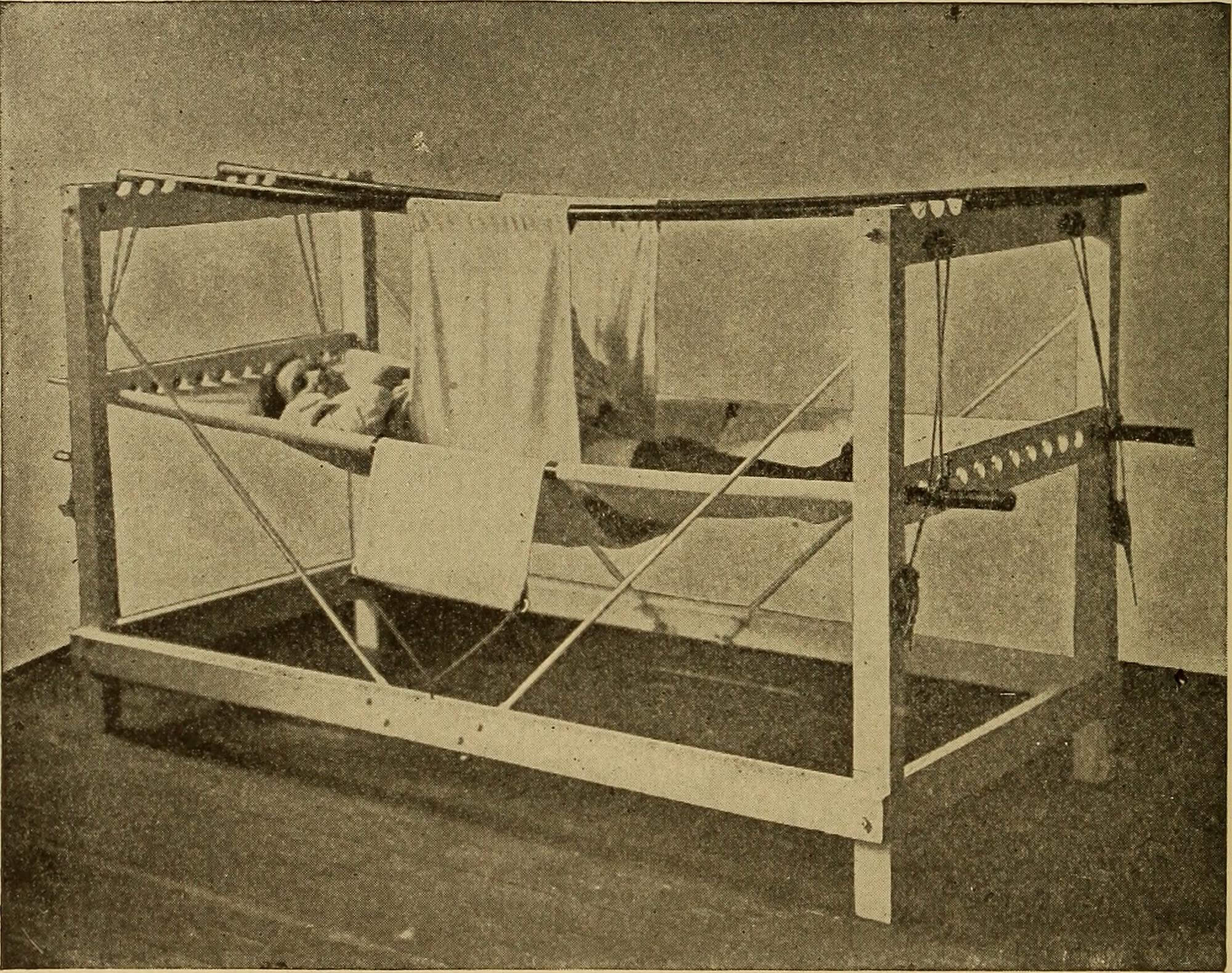Chainsaws were mainly used for Symphysiotomy, removing diseased bone, cutting off infected flesh, and amputating limbs.
Symphysiotomy is a process of removing bone parts and cartilage in case the baby is big enough to be stuck in the pelvis (birth canal) or breech (baby coming out feet first). It was necessary to cut the cartilage and ligaments to make more space for the breech baby because cesarean was not introduced yet and babies always had to come out from the birth canal.
Mothers used to endure all the pain throughout the delivery process because the process used to be majorly done without anesthesia. Earlier than chainsaws, knives were used as a medical tool to help retrieve babies. It was a painful, slow, and messy process. Surgeons felt the need for the medical tool which was less time taking, less intrusive, and less painful as compared to a knife.
They came up with the idea of a chainsaw that could get the job done quickly. After the introduction of anesthesia in 1864, chainsaws were used at a wider range by many surgeons. The grisly looking chainsaws were particularly pioneered for medical use. The idea of the chainsaws was given by two Scottish surgeons named John Aitken and James Jeffray in 1783-1785.
The first ever Chainsaw was made of wooden handles holding a chain with fine-cutting teeth on it and a manual hand crank to operate. The design of chainsaws made for medical use resemble modern chainsaws, however, they are smaller in size like a kitchen knife and require manual operations.
An improved version of chainsaws is what we called “Osteotome”, invented by a German orthopaedist known as Bernhard Heine in 1830.
What was the original purpose of chainsaws?
No, chainsaws were not originally meant for childbirth, in fact they were used in Symphysiotomy. Chainsaws are a type of mechanical saw that use a rapidly rotating chain of cutting teeth to cut through hard materials such as wood and metal. They were first invented in the early 19th century by German orthopaedist Bernhard Heine and have since become an essential tool for many industries including forestry, construction, agriculture and carpentry. As such, they have never been intended to be used during childbirth.
🔬 Subscribe to SciMail
Get the latest science discoveries straight to your inbox!
Health Hazards Due to Chainsaw Use:
Chainsaws were kept in use till the 19th century as a medical tool for childbirth. Women experiencing symphysiotomy were unable to walk properly as well as were prone to other life-long health consequences afterward. Women called symphysiotomy “butchering” since it was as crude as butchering.
Chainsaws are not in use today, however, it is believed that Gigli wire saw (which is one of the forms of chainsaw), is still in use in parts of the world when a cesarean section is not possible.
In the modern age, “C-section” is what we use to retrieve babies instead of symphysiotomy, which is a comparatively less invasive and less painful process done using fancy surgical tools.

What Is The Modern Use of Chainsaws?
The modern use of chainsaws is quite common and we know that chainsaws nowadays are used by timber and forestry industries to cut down humongous trees and shape them for different uses. Chainsaws have replaced those heavy axes and have improvised the work speed a lot. The modern chainsaw comes with a metal frame that supports a steel roller chain, and a set of teeth.
Handling a chainsaw used to be a heavy task to be done by one man, therefore, two men were required to use a heavy model of chainsaw. Chainsaws come in different shapes and sizes and are electrically powered. The first ever electric chainsaw was made and licensed by Andreas Sthil.


Leave a Reply